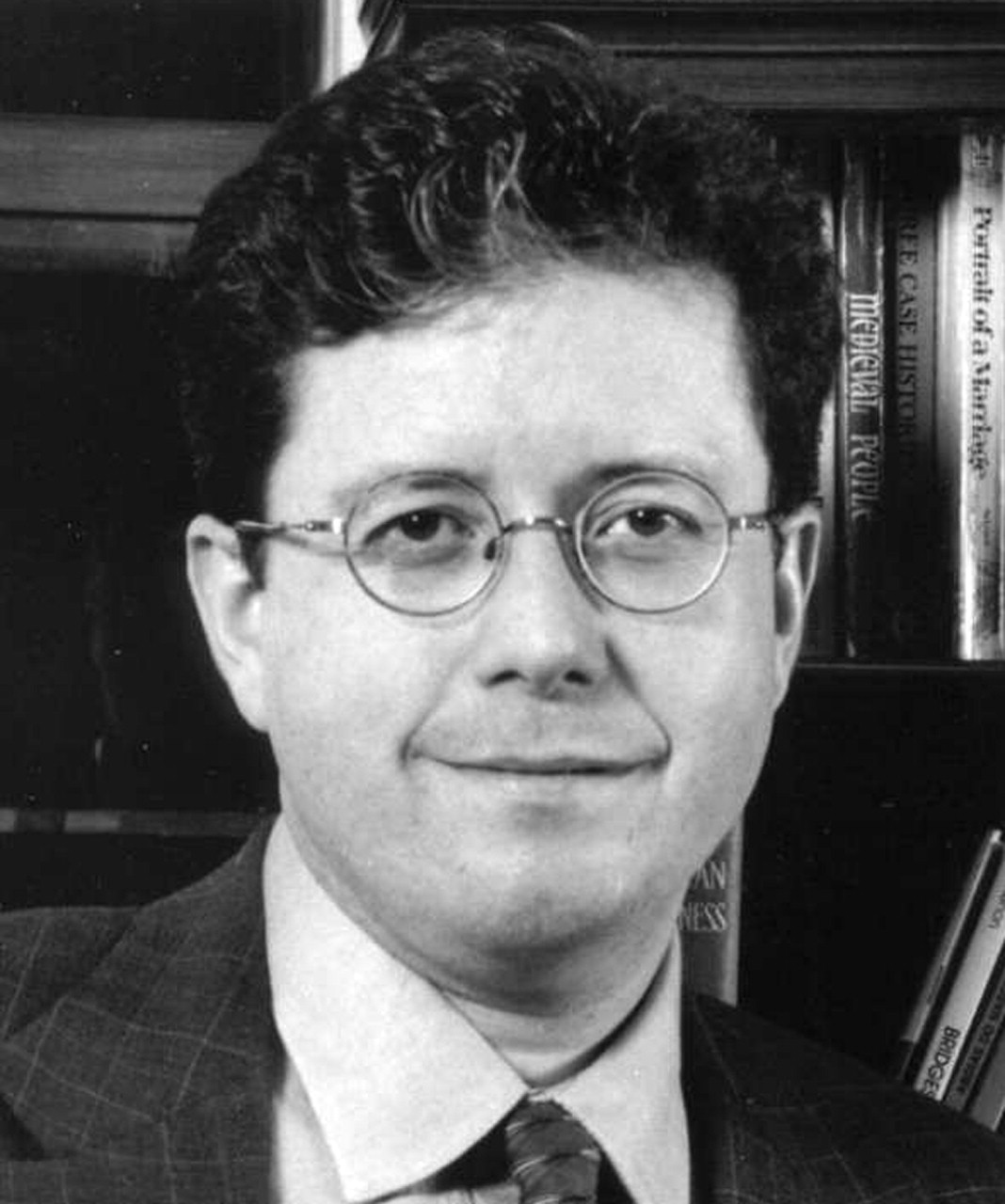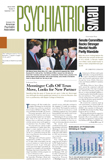About half of the people with schizophrenia and bipolar disorder may not be getting the treatment they need because of a brain deficit that renders them unable to perceive that they are ill, according to one expert.
Anosognosia, meaning “unawareness of illness,” is a syndrome commonly seen in people with serious mental illness and some neurological disorders, according to Xavier Amador, Ph.D., who spoke at the 2001 convention of the National Alliance for the Mentally Ill in Washington, D.C., in July.
People with this syndrome do not believe they are ill despite evidence to the contrary, said Amador, who is director of psychology at the New York State Psychiatric Institute and professor of psychology in the department of psychiatry at Columbia University College of Physicians and Surgeons.
“People will come up with illogical and even bizarre explanations for symptoms and life circumstances stemming from their illness,” he said, “along with a compulsion to prove to others that they are not ill, despite negative consequences associated with doing so.”
Take Theodore Kaczynski, for example. Kaczynski, otherwise known as the unabomber, rejected claims that he was mentally ill even though it could have cost him his life.
At one point during his 1997 trial, Amador explained, Kaczynski, who stood accused of killing three people and injuring 23 with his homemade bombs, refused to be examined by state psychiatric experts. Although a mental illness defense was his only hope of escaping a first-degree murder conviction and a possible death sentence, he blocked his attorneys from using the insanity defense.
Amador, who served as an independent expert for the court, reviewed Kaczyinski’s extensive psychiatric records, neuropsychological test results, and the infamous unabomber diaries. Amador then supplied the court with mounting evidence that Kaczynski’s refusal to be evaluated related to anosognosia, a manifestation of Kaczynski’s schizophrenia.
Amador’s quest to understand the basis of this syndrome lies a little closer to home.
It was his experience as a clinician and as a brother of someone with schizophrenia, Amador said, that led him to do research on anosognosia, “which is not to be confused with denial,” he emphasized, although in the beginning, he did not make that distinction.
“That’s what I called it when my brother refused to take his medications, and that is what I called it when after his third hospitalization, I found his Haldol in the trashcan,” said Amador.
“This is someone who taught me to throw a baseball and ride a bicycle. I really looked up to him and was appalled by what I thought was his immaturity, stubbornness, and defensiveness.”
But research points to a much more complex problem.
Intrigued by a 1986 study by William H. Wilson, M.D., and colleagues that found that 89 percent of patients with schizophrenia denied having an illness, Amador conducted his own investigation of the issue.
Amador and his colleagues found in a 1994 study that nearly 60 percent of a sample of 221 patients with schizophrenia did not believe they were ill.
A Frustrating Existence
Amador also described what it is like to work with someone who has anosognosia. One patient encountered by Amador had a lesion on the frontal lobe of his brain. He was unaware that he was paralyzed on his left side or that he had problems writing. When asked to draw a clock, the patient thought he did fine, Amador recalled.
However, when Amador pointed out to the patient that the numbers were outside of the circle, the patient became upset. “The more I talked to him [about the drawing], the more flustered he got. . . . Then he got angry and pushed the paper away, saying ‘it’s not mine—it’s not my drawing.’ ”
Amador finds the same reaction appears when he talks to people with severe mental illness, which sometimes involves similar frontal lobe deficits. “Instead of being an ally, I end up being an adversary,” he said.
Building Trust
Amador urged family members and mental health professionals at the NAMI meeting to understand that collaboration with treatment by someone who has a severe mental illness and anosognosia is a goal, not a given.
“Don’t expect them to comply with any treatment plan, because they don’t believe they are ill,” noted Amador.
It is important instead to develop a partnership with the patient around those things that can be agreed upon.
Amador said that family members and clinicians should first listen to the patient’s fears, such as being placed in the hospital against his or her will.
Empathy with the patient’s frustrations and even delusional beliefs is also important, remarked Amador, who said that the phrase “I understand how you feel” can make a world of difference.
The most difficult thing for family members to do in building a trusting relationship, he said, is to restrict discussion to the problems that the person with mental illness perceives as problems. “You might see the hallucinations or delusions as the big problem,” said Amador. “Your loved one, however, may be complaining about not getting to sleep at night. That is the problem you should be discussing.”
Perhaps a patient will only take his or her medications to get family members and clinicians to quit bothering them, and this is sometimes enough, Amador said. “You have to find out what motivates them to take their medications, then reflect that reason back and highlight the perceived benefits.”
Amador wrote about getting people with serious mental illness to accept treatment in a book he coauthored with Anna-Lisa Johanson (see story on page 13) titled, I am Not Sick, I Don’t Need Help: A Practical Guide for Families and Therapists, published in 2000 by Vida Press. It can be purchased online at www.vidapress.com/INSIDNH-Main.htm for $15.95. Ten percent of all proceeds go to NAMI, the National Alliance for Research on Schizophrenia and Depression, the National Depressive and Manic-Depressive Association, and a fund set up by David Kaczynski, brother of Theodore, to help the victims of the unabomber. ▪

